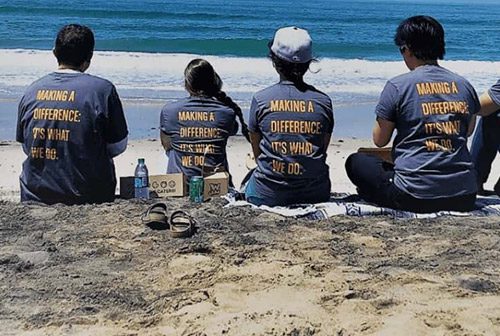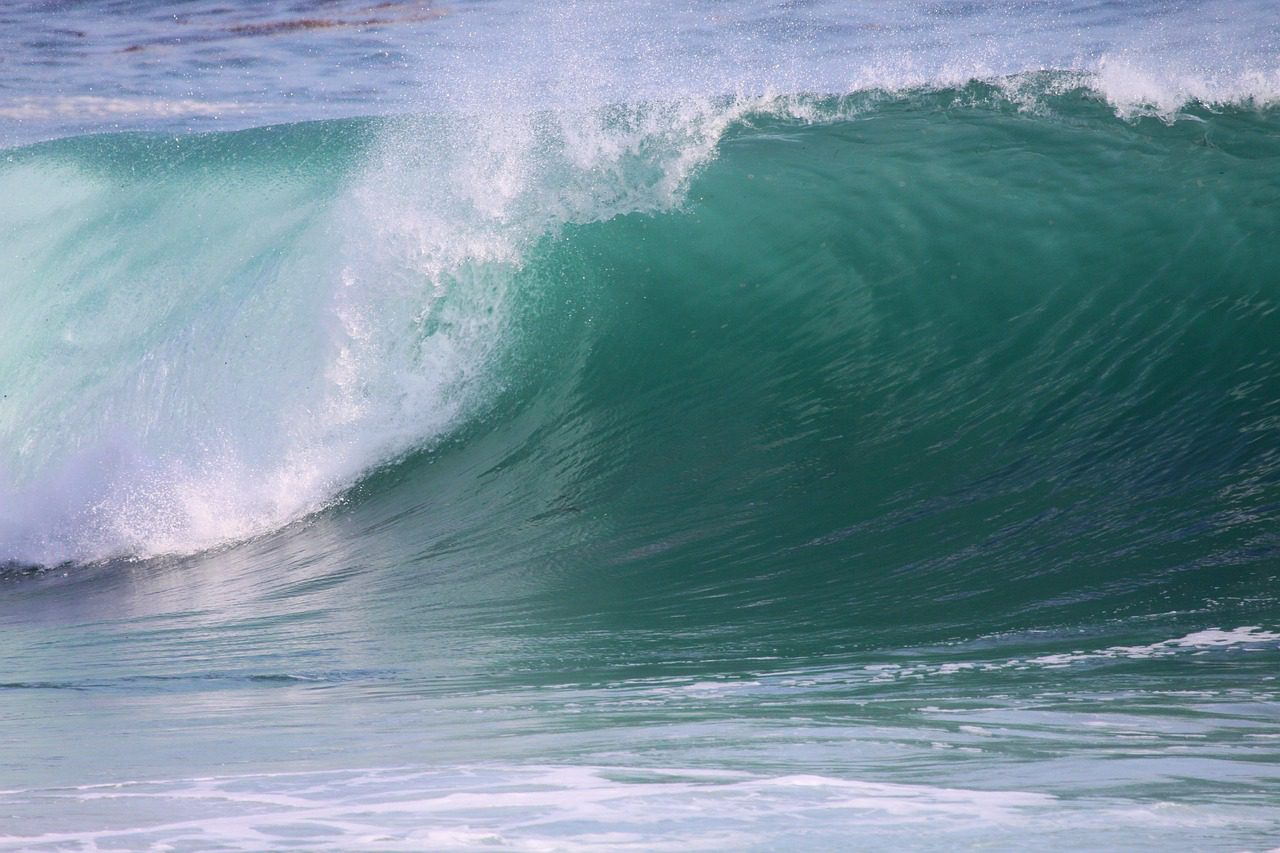This is the fourth of a 5-part blog series examining the nature of our local water supply and how to increase the reliability of our supplies now and into the future.
Today’s match-up features two contenders, both aimed at solving San Diego’s water crisis.
In the first corner, the “purple pipe system” is looking to continue its reign in San Diego. San Diego currently reuses a small fraction of its sewage for irrigation. This recycled water is distributed through a separate purple pipe system. Because the water is non-potable, it is not fit for human consumption.
In the second corner, the up-and-coming “Indirect Potable Reuse” (IPR) is looking to solve San Diego’s water problems. In scientific terms, IPR is a process to treat wastewater and sewage using advanced technology to produce potable water fit for human consumption. Essentially, we would be drinking purified sewage. Right now, you are probably cringing at the thought of drinking recycled wastewater; I know I did. But then I did some research, and I found out that the water produced from IPR is actually superior to our existing water supply. How is this possible?
First, advanced water technology removes any remaining solids through microfiltration. Next, reverse osmosis is used to eliminate viruses, bacteria, pharmaceuticals, and other microbes. The water is then disinfected by UV light and hydrogen peroxide. Finally, it is added to groundwater or surface water reservoirs where it is further purified by natural processes. Once drawn from the groundwater or reservoir, the recycled water goes through the standard water purification process all drinking water undergoes to meet EPA standards. Once this IPR-produced water is fit for consumption, it is distributed through the existing drinking water infrastructure. Now that doesn’t sound so bad, does it?
Round 1: Costs
The cost of producing one acre-foot of water with IPR ranges from $1,200-$1,800. The purple pipe system ranges from $1,600-$2,600 per acre-foot.
Purple pipe recycled water cannot be added to the existing drinking water infrastructure, so it requires a separate pipe system which costs about $2 million per mile to build. It also requires homes and businesses to be plumbed with two sets of pipes—one for recycled water and one for potable water. This is beginning to sound expensive!
Although the purification process of IPR sounds expensive, the City of San Diego estimates that implementing IPR would be cheaper than expanding the purple pipe system. This is because IPR negates the need for a separate water infrastructure and would maximize the use of the available recycled water supply.
IPR – 1; Purple Pipes – 0
Round 2: Energy
The energy intensity of the IPR process is higher than that of the recycled water in purple pipes. Compared to non-potable recycled water, IPR generates a higher carbon footprint. However, IPR uses significantly less energy than other potential water sources in San Diego, such as desalination or imported water.
IPR – 1; Purple Pipes – 1
Round 3: Environmental Impact
By using recycled wastewater, IPR reduces the amount of waste flowing to the Point Loma Treatment Plant. In doing so, IPR reduces the amount of potentially harmful pollutants being released into the ocean from the Point Loma Plant’s effluent.
Purple pipe recycled water does have some red flags. Particularly, the use of non-potable recycled water can lead to the accumulation of byproducts over time in the irrigated soil.
IPR – 2; Purple Pipes – 1
Round 4: Water Quality/Safety
Studies show that water produced through IPR treatment processes contains fewer contaminants than our existing treated imported water supply. Further, a study performed by the National Research Council concluded that there were no significant health risks as a result of IPR.
Because the water in the purple pipes is not treated to the point that it is drinkable, it contains pathogens and harmful chemicals. Simply stated, the consequences of ingesting non-potable recycled water can be severe.
IPR – 3; Purple Pipes – 1
After four hard fought rounds, IPR has dominated the ring, proving that it would be a strong, viable addition to San Diego’s arsenal for fighting the water crisis.
Still think “from toilet to tap” sounds less than appetizing, or has your mind changed? Tell us what you think!















